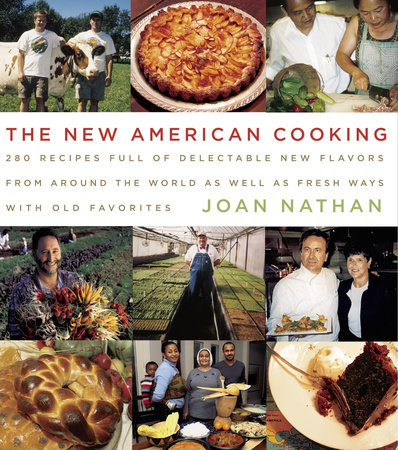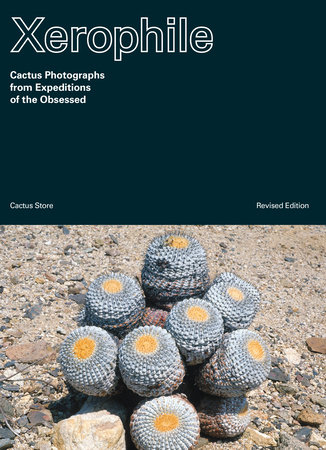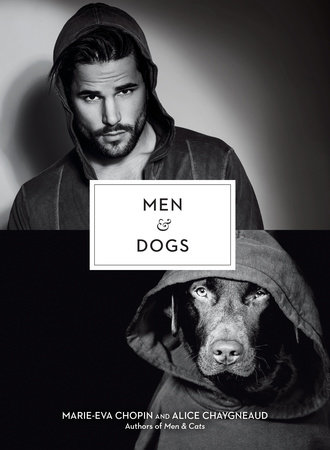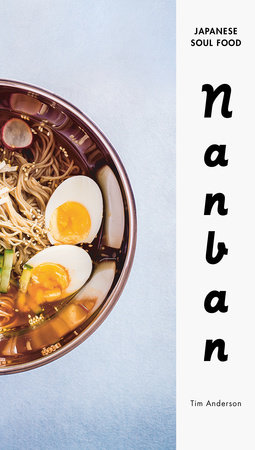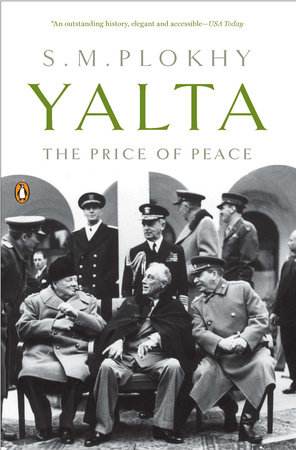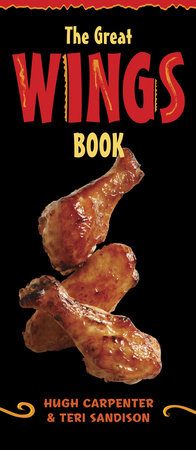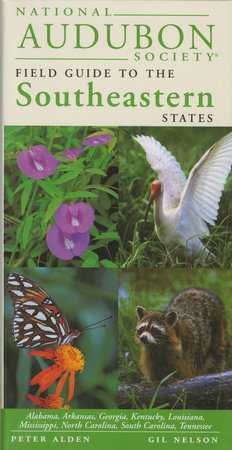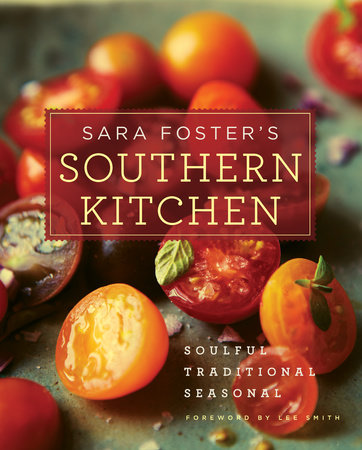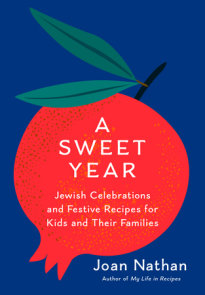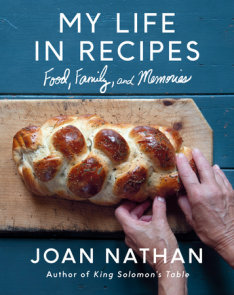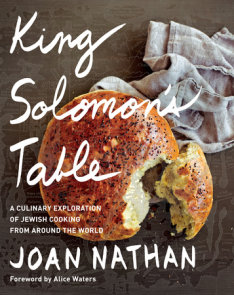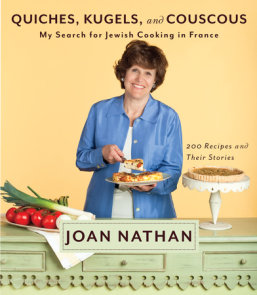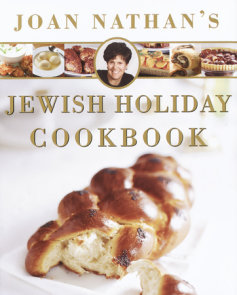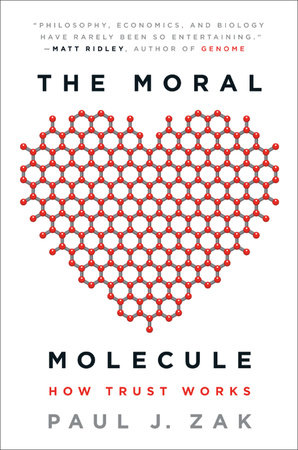Author Q&A
Q: THE NEW AMERICAN COOKING obviously required a lot of research, not to mention travel. How long have you been working on this book and what research was involved?
A: I feel as if I have been working on this book all of my professional career. But really I have worked on it for the last five years. I first read and read, then planned trips around the country to get an idea of what people were cooking. In my everyday life I kept my eyes open to notice what was close to home. Then I wrote the book and tested the recipes.
What was unusual and exciting for me is that I had the honor of being chosen to be the guest curator of Food Culture USA at the Smithsonian Folklife Festival. The Festival, based on research for my book, made my book come alive even before it came out!
Q: Your cookbook captures the excitement of learning about new foods, markets, and restaurants. What new food innovation (or innovator) was one of your favorite discoveries?
A: There were so many! How can I pick just one person?! I must confess that my favorites are always the unsung heroes who I have found around the country. For example, Ed LaDou in Los Angeles who invented California pizza and taught Wolfgang Puck how to make his pizza and Steve Herrell in Northampton, Massachusetts who invented the mix-ins for ice cream that Ben & Jerry later adopted.
Q: Did you stumble upon any finds that weren’t originally intended to be in the book?
A: Lots of them. That’s what is so exciting about writing and researching–the discovery. I never thought, for example, how the portobello mushroom came into existence. After a little digging I found my answer. I had no idea how many Hmong people lived in the United States and what their food was like. Then I had a feast at the home of a Hmong family in Minnesota, and included the chicken curry with coconut milk, lime leaves, and hot pepper that I had during our meal in THE NEW AMERICAN COOKING.
.
Q: You met so many interesting people over the course of your research. Was there was experience that stood out from the rest.
A: I went to the Ozark Mountains in Arkansas because I thought that surely was a place where nothing new was happening. There I met Marion Speak at a post office in Fox, Arkansas, population 28, at 8:00 a.m. one morning. She told me we could have breakfast together. After traveling in her pick-up truck on the rockiest road I have ever been on, we arrived at her home that she had physically built herself. Marion went into her garden and picked some arugula and other wild greens I would never have expected to see growing there and made me the best omelet I have ever tasted.
Q: Tell us about some of your crazy stories from the road.
A: Again, there were so many! When I arrived in Hawaii, I met Alan Wong, one of the architects of Pacific Rim cuisine and chef at Alan Wong’s restaurant in Honolulu. The next thing I knew, it was 4:00 a.m. and I was in the midst of a fish auction surrounded by tuna in Honolulu. Another time, I was in northern Minnesota visiting a Native American family who took me into a canoe to harvest wild rice with them. I loved climbing into the culture of the Native Americans. Here I was thrashing the rice with a wooden stick. Another time I went to Patagonia, Arizona and spent a few days at a retreat for raw foodists. I also loved ferreting out the elderly Greek man who first invented the phyllo machine, which I write about on page 378 in THE NEW AMERICAN COOKING.
Q: What are some now commonly-used foods you found that are new to American cooking in the last forty years?
A: So many–portobello mushrooms, mangoes, kiwis, sugar snap beans, wasabi, chick peas, and goat cheese to name a few. Of course, some of these foods were used in ethnic enclaves before. Each one has a fascinating story attached to it. For example, if Americans had not started traveling abroad around the time the food processor was invented, I wonder if hummus or pesto would have become so popular here.
Q: How do you predict American cooking will evolve over the next forty years?
A: I think that organics will become more commonplace. In addition, I think that we will become an increasingly global cuisine by incorporating ingredients from everywhere on a local level, but growing them here from our increasingly multi-national population. Of course, items like coffee and chocolate will still come from abroad, but I think we will increasingly try to grow and cook food close to home.
Q: Do you see any of the latest diets, like low-carb, having a lasting effect on our food culture?
A: People will always be on diets and I see trends continuing as long as there are people who don’t know how to appreciate good eating and sit down meals.
Q: You’re most well known for your Jewish cookbooks. What inspired this departure?
A: I am American and Jewish. Now that I have learned so much about my Jewish background, as a journalist I felt ready to explore what has happened to American cuisine in the past forty years. It has been an extraordinary journey for me.
Q: What’s next for you?
A: I want to spend some time giving back to the food world, trying to work to help people eat better. I also have another book up my sleeve.
